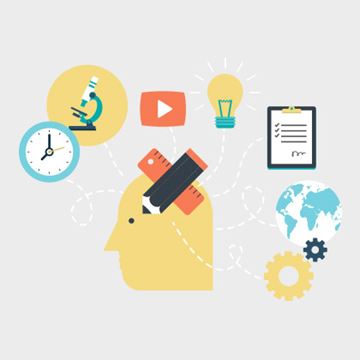Search
Development Of The NACE “MR-01-75” And NACE “TM-01-77” Standards: Part I – Field Observations And Metallurgical Factors
Also Purchased
Development Of The NACE “MR-01-75” And NACE “TM-01-77” Standards: Part II – Accelerated Material Qualification Testing In Sour Environments At Near Atmospheric Pressure
Product Number:
51322-17516-SG
Publication Date:
2022
$20.00
Sour or Not Sour? That Is the Question: A Review of The NACE “Sour Limit” – Evolution and Implications for Modern Oil & Gas Production
Product Number:
51321-16626-SG
Publication Date:
2021
$20.00
Design Of Sour Service Material: Combining Metallurgical Design, Laboratory And Full Scale Testing Towards A Novel High Strength Sour Service Material
Product Number:
51322-17615-SG
Publication Date:
2022
$20.00




